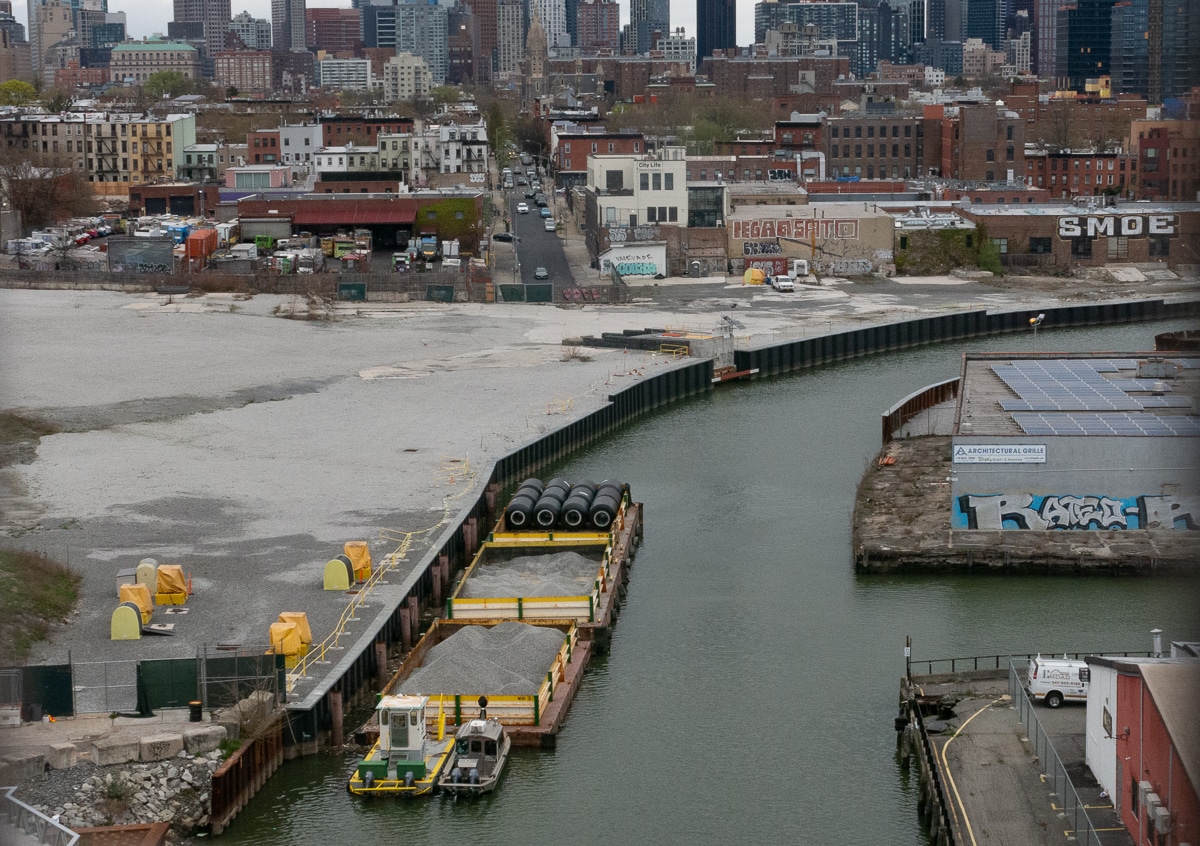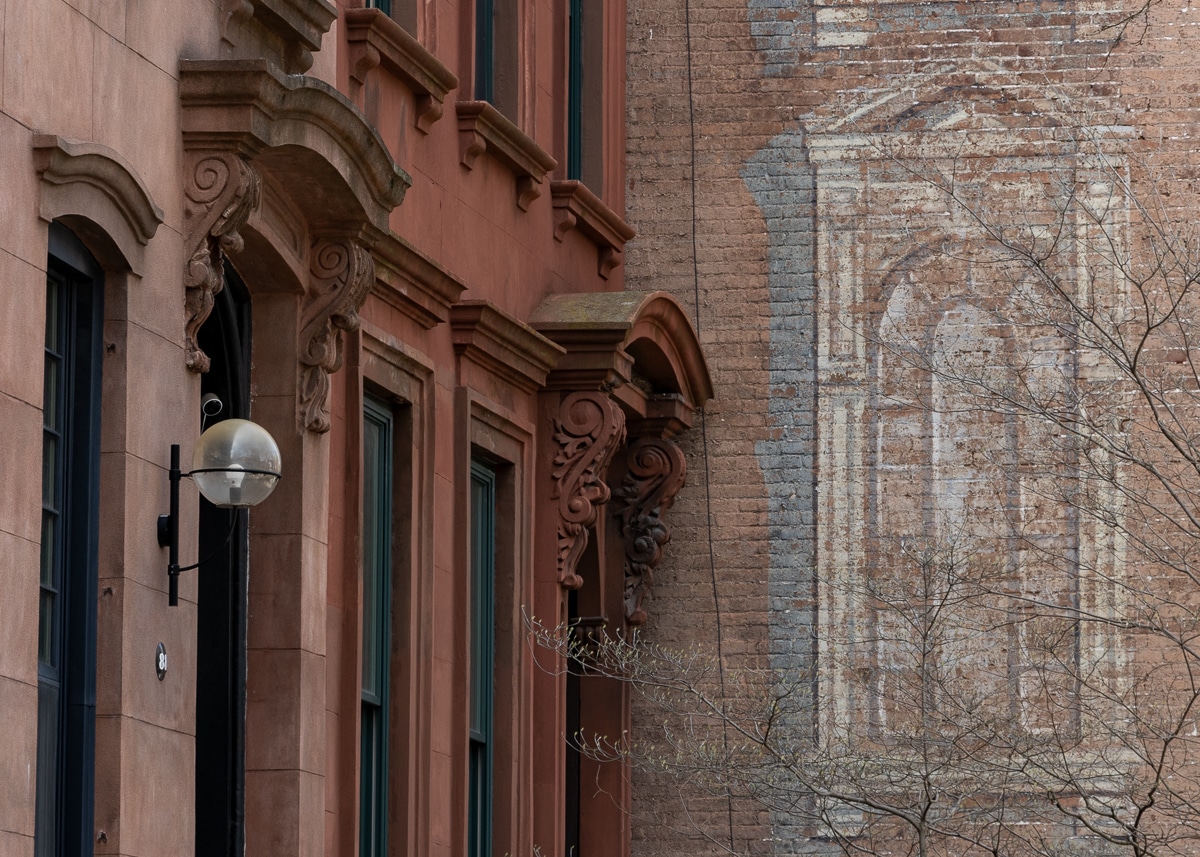Walkabout: Murder in the Cathedral
Like the Hotel St. George itself, the story of that great institution is turning into a massive project. I’m going to take a break, and divert you with this story. The St. George story will be coming back, as exciting and hopping as the Roaring Twenties. The old hotel still holds many more characters and…

Like the Hotel St. George itself, the story of that great institution is turning into a massive project. I’m going to take a break, and divert you with this story. The St. George story will be coming back, as exciting and hopping as the Roaring Twenties. The old hotel still holds many more characters and events.
Let’s talk churches for a moment. I love sacred architecture for many reasons, one of them being that in a house of worship, one can see the faith and devotion of those who donated to the building of the structure, perhaps even helped in its building, or furnished it with altar clothes, vestments, and flowers. These people’s names are leaded into stained glass window panes, engraved on plaques discreetly nailed to the back of a pew, or written in delicate script in the records of events long past. Most are long dead and forgotten, but their names linger, as do their gifts to the institution. There’s immortality there, perhaps more than many of us will ever have. Houses of worship make me think the big thoughts, and bring out the philosopher in me. So when I am walking, and see a derelict church, I am both saddened and curious. When I find out there is a tragic and terrible story involved, a murder committed by a churchman, then there is definitely a story to tell.
The Church of the Atonement was a Protestant Episcopal church; one founded in the fast developing part of Brooklyn now called Greenwood Heights. It was all called Gowanus or South Brooklyn, back then. There are records of the church going back to 1864, when this area was scarcely developed, still a mixture of wood framed homes and freshly laid out streets. It was an area of immigrants; Germans, English, Swedes, Irish and other Europeans, who came to America for a chance at a new and more prosperous life. All of these groups brought their religious traditions with them, and for the English and some of the Irish, that was the Church of England, called the Episcopal Church, here in America.
The first church building at this location, 237 17th Street, between 5th and 4th Avenue, was brick, in the Gothic style. The congregation in the beginning was small, only twenty-five families, and it took years to finish building the church. Finally, in 1870, when the growing congregation swelled to 125 families, the church was completed. It soon became very active, sponsoring events, lectures, concerts and sermons with visiting ministers. They had an excellent choir, by all accounts and were among the busiest churches in the area. By the time the end of the 1880’s rolled around, the church had grown to the point where it desperately needed to be enlarged, once again. A building fund was established, and architects were being sought for the job.
On April 17th, 1890, new ground was broken next door to the old church, and a new structure was begun. It was designed by one of Brooklyn’s best architects, George P. Chappell. He was no stranger to churches, having just completed one of his finest buildings, St. Bartholomew’s Episcopal Church on Pacific Street in the Grant Square area of Bedford. This was a unique structure, firmly grounded in the English Arts and Crafts style, made of rough stone with a squat tower with mushroom capped roof. He had also designed a completely different style of building, a Tuscan style palazzo, for the Tompkins Avenue Congregational Church, on Tompkins and MacDonough, also in Bedford.
For the Church of the Atonement, Chappell gave them a more traditional early French Gothic style church, in which the stylistic flourishes of his other churches are referenced, but not copied. For those who know their Chappell churches, this is definitely one of his. Like its predecessor, it was brick, trimmed in Lake Superior sandstone, and had a large rose stained glass window in the front, and a 64 foot bell tower, with a series of columns holding up the tower’s slate topped pyramid shaped roof. The tower also held the rector’s study on a second floor. The old church was to become the Sunday school and Chappell redesigned the front of the old church to better correspond to his new one. The new Church of the Atonement received a new Reuben Midmer organ, and opened with great fanfare and a concert on December 21, 1890.
By 1894, all was going along well. An Englishman named Thomas Holt was now sexton at the church, taking care of the maintenance and upkeep of the buildings. He was a photographer by trade, but had given that up and taken this job on full time. The papers say that he was a short, stocky man, 47 years of age, with a wife named Caroline, who was 39, and their three children, 18 year old Thomas, Frank, 16, and Sadie, who was 8. The family lived on the garden and parlor floors of a house at 361 17th Street. Thomas was known about this South Brooklyn neighborhood as a genial sort, quiet and easy going. But inside Thomas’ head, demons were at work.
It was summer, and the church was closed for summer holidays, so there wasn’t much for Thomas to do. He began to have strange thoughts, and told people that he thought that burglars were trying to get inside the house. He took to waking up the entire family in the middle of the night, having them search the house for intruders. The family thought it extremely odd, but they complied, never finding any evidence of anyone trying to break in. Thomas went to the nearby police station and told the captain there that he needed to tell them something about his wife.
She was trying to poison him, he said to the captain. She was administering a slow poison to him while he slept, and was trying to kill him. He went on to tell the police captain that he knew that she was going out during the day and recruiting people to watch him from behind trees and lampposts, and that the poison she was giving him was wearing him down, making him more susceptible to attack by his wife’s cronies. The police assured him they would take care of it, wrote him off as a harmless nut, and went about their business.
But Thomas was more than just a little crazy. He was obviously becoming schizophrenic and paranoid, but those medical conditions were barely understood, let alone given household names back then. That Sunday, he told his children that he had had a vision, and there was a bag of gold buried under the cellar floor. He and his sons went into the cellar and dug several holes, but found nothing. His sons convinced him to take a rest, and he went out into the garden where he began to obsess over burglars again. He had the boys find and load his pistol and another handgun, which he carried around for the rest of the day.
That evening, he had calmed down and appeared normal, so the boys went out for a while. Caroline, his wife, and their daughter Sadie were playing in the kitchen when Thomas came back in quite agitated, waving the gun around, and screaming that the burglars had gotten in and had shot him. When his wife tried to take the gun away from him, he shot her twice in the chest. He then took the kitchen knife and slit her throat. She staggered to the stairs and he shot her again, and ran out of the room, all of this happening right in front of young Sadie.
A neighbor heard the commotion, and ran into the house. There he saw Caroline Holt lying dead on the stairs, her dress on fire, ignited by the point blank charges in the gun. As he tried to put out the fire, a shot whizzed past his head, and Thomas Holt ran out of the house into the street, still brandishing the gun. An Officer McGovern, who lived two doors away, also heard the noise, and ran into Holt just as he was coming out onto the street. Holt attempted to attack him, and McGovern clubbed him in the head, and subdued him. He was taken to the police station, bleeding and crazed, where he was booked. He admitted to killing his wife, insisting that she was trying to poison him, and send men to the house to do him harm. At his arraignment, Holt told the judge that he was glad it was over, and he wanted them to hang him, and get it over with, he was guilty. He was also manifestly insane.
In the following days, speculation about what had happened and who had allowed it to happen covered the newspapers. The Brooklyn Eagle was profoundly unsympathetic to Thomas Holt’s family, and held his wife and sons to blame for the tragedy. They should have known he was barking mad and done something, the paper said. Instead, the sons loaded his guns for him, an action the Eagle called “criminal”. “In failing to take steps looking to its own protection, the family invited the tragedy that has befallen it, “ the paper said, insisting that family owed the neighborhood some measure of safety, and should have had Thomas committed as soon as they were sure he was insane. Finally, they ended their editorial with “The public will sympathize with the family in its misfortune, but it is a pity that they did not show sense enough to take steps for its own protection.” Thanks a lot.
I was not able to put an ending to this story. The Eagle, as well as the Times could be maddening in their lack of following up. Thomas Holt made several more court appearances, and was incarcerated in the pits of the Raymond Street Jail, a place that would make a madman out of anyone. I could not find out what happened to him. He wanted to be executed, no doubt they obliged him. Today, he may have been able to have been helped, the warning signs were so clear, yet how many times does this still happen, even now that we know so much more about mental illness?
The Church voted to remove Thomas Holt as sexton at their next meeting. Hopefully, they extended Christian charity to the remaining children, and buried Caroline Holt. What happened to them is a mystery. The church soon resumed its previous standings, with activities and growth well into the 20th century. They sued the railroad when the 5th Avenue El went up, for noise pollution and depreciation of property. They won $5000.
Eighty years later, in 1982, the church became the property of a Spanish-speaking Pentecostal congregation called Inglesia Pentecoastal Misionera. By the time they got it, the bell tower had been truncated, having lost the bells, the columns, and the pyramid roof those columns held up. A 1980’s tax photo shows the Sunday school building still there. Sometime in the more recent past, the old original church building was torn down, leaving an empty lot. The elements have not been kind to the church. Large pieces of the rose window are missing and boarded up. Now, the entire church seems to be boarded up, as well. A view of the apse and rear of the building, as seen from 5th Avenue, shows a pitiful shell of a building boarded up like a set of a post-apocalyptic movie. George Chappell designed a fine building. It will take a miracle to save it. GMAP














What's Your Take? Leave a Comment